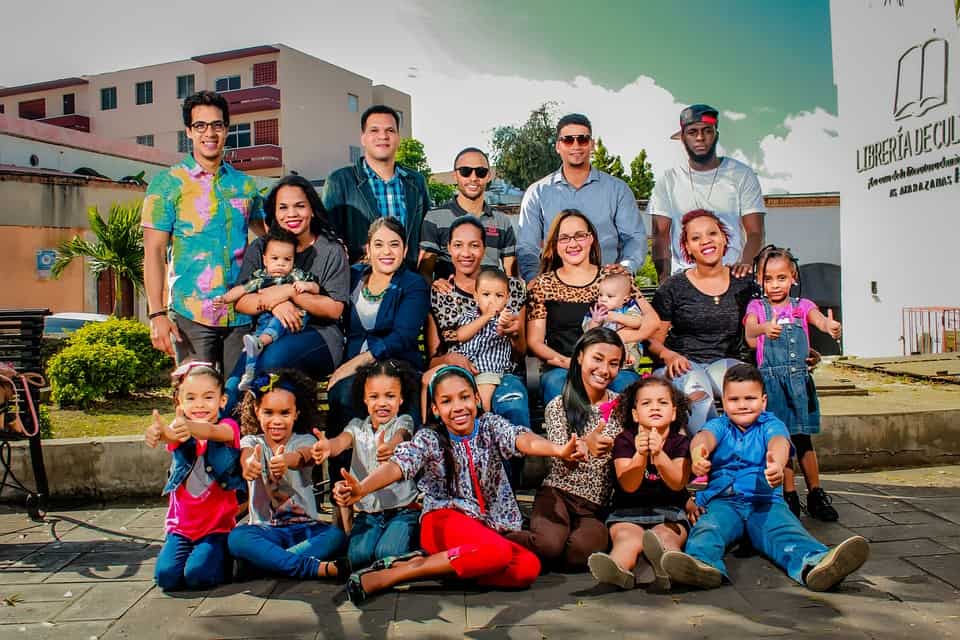
Today’s donors come in all ages and genders, and each demographic brings with it their own specific expectations in communication and how and why they choose to give.
A better understanding of each group will help you at every level of your fundraising plan.
Women v. Men Donors
When looking at the gender of a nonprofit’s donors most studies report that men are the larger contributors (up to 68%), but that number is misleading. When couples choose to give together, women actually play a larger role in choosing which organizations their household will fund and how much to give.
What makes this data so misleading?
Women will often take the initiative to conduct research and find a charitable organization that strikes their interest before committing to a long-term giving relationship. In fact, retired women are 81% more likely to give than men, at 71%.
Of course, there is always the exception that proves the rule. Sometimes a nonprofit is addressing an issue that is of particular interest to a male donor, or there are connections to the organization that encourages action in male donors. So, no gender should be ignored but, keep in mind, when looking at the results of your next fundraising campaign don’t overlook the significant role of those female silent partners who play a huge role in the decision to support your organization.
Differences by Age
From Baby Boomers to Gen Z, contributing practices vary greatly when examined through the lens of age. In this changing climate, attempting to reach everyone through only a few channels is not a sound method. A better approach is to create a multi-faceted communication tactic, both to relay messages and also processing transactions.
The Baby Boomers
The most generous current donors come from the retired class. With 57% of the population becoming Baby Boomers over the next two decades, they are your biggest resource for fundraising at this time. They tend to have an idealistic predisposition, find fulfillment in giving, and emphasize fun over duty and obligation. They also strive to mix their personal life with activities that focus on achieving important goals. Could you ask for a better silent auction participant?
Their technical knowledge spans the spectrum, so it’s best to employ a multi-layered communication approach if you want to capture your entire Baby Boomer audience. Offer ways they can contribute through traditional methods, like events, and mailing or calling campaigns. And digital ones, such as emailing, online donations, texting, and silent auction mobile bidding. They want to stay well-informed on how their contributions are being applied, so offer regular updates throughout the year.
The Gen Xer’s
This group includes people born between 1964 and 1980 who will soon be entering retirement age. Currently, they represent 20% of the giving population, but that number will increase as their money is freed up from family and business obligations. They consider themselves savvy and comfortable with technology and connecting with them online and through texting is an effective way of involving them in your organizations.
There are many ways to encourage Gen Xer’s to give at your next event. Checkout donations appeal to them, as are retail purchases. Gen Xer’s also respond to calls to give through pledges and tribute gifts, along with silent auction traditional bidding options. Make it as easy as possible to give through the use technology and connect with them regularly through their smartphones and personal devices to see an increase in fundraising from the Gen X crowd.
The Millennials
There’s been a strong focus on how millennials view their relationships with nonprofits, resulting in a clearer picture of how this powerful demographic see their place in the world of fundraising. They are very active donors who tend to contribute in small amounts. They are also forward-thinking givers. In fact, 42% of millennials indicate an interest in supporting future products and services. This implies a desire to be a part of the mission, rather than solely a financial supporter. However, trust is a key element to their inclusion.
What does that mean in terms of giving?
Hosted events are an excellent way to reach millennials. Their interest in gathering together to learn about your nonprofit and their desire to bring friends along with them will help expand your reach into this demographic. Peer-to-peer marketing through social networks is a common activity among millennials, so stay active on social media and always keep online donating ready for them to use. Once you gain the trust of a millennial they tend to stick with you for the long term.
The Gen Z’sters
The newest people to enter the world of charitable giving are people born in the late 1990s and later. They make up 27% of the world’s population and by the year 2020, the number is supposed to reach 2.6 billion.
The “Pilanthroteens,” as they have become known, have grown up in a connected, tumultuous world where dire issues are reported on news feeds 24 hours a day. They have a super-charged awareness of their responsibility to make a difference in the world.
By the year 2020, it is predicted that 32% of people between the ages of 16-19 will be actively donating to nonprofits. They will be attracted to storytelling that is simple and concise and will receive the information mostly through social networks. If nonprofits learn how to use these tools effectively, they will see a continuation, and perhaps growth, in their fundraising for decades to come.
